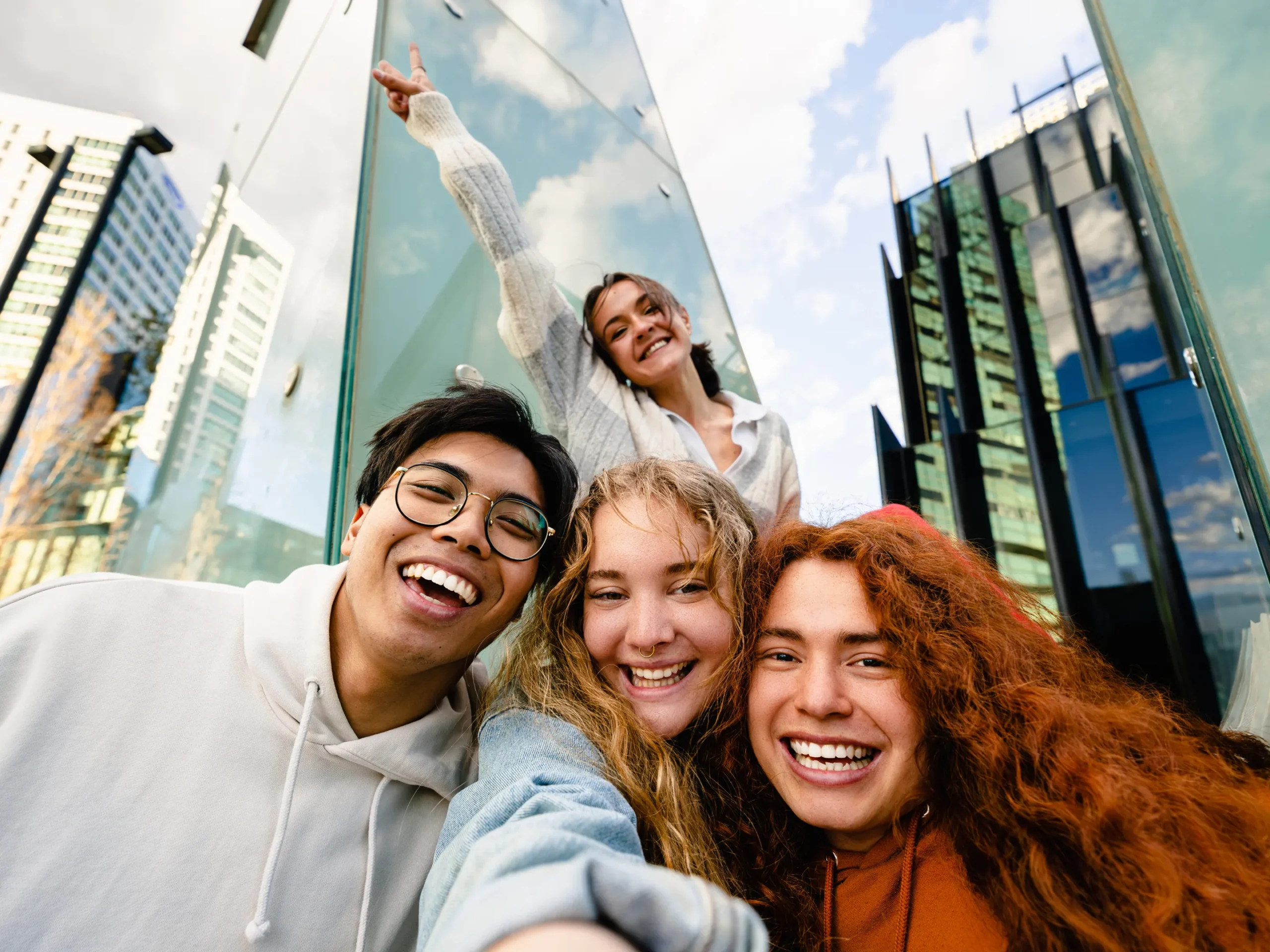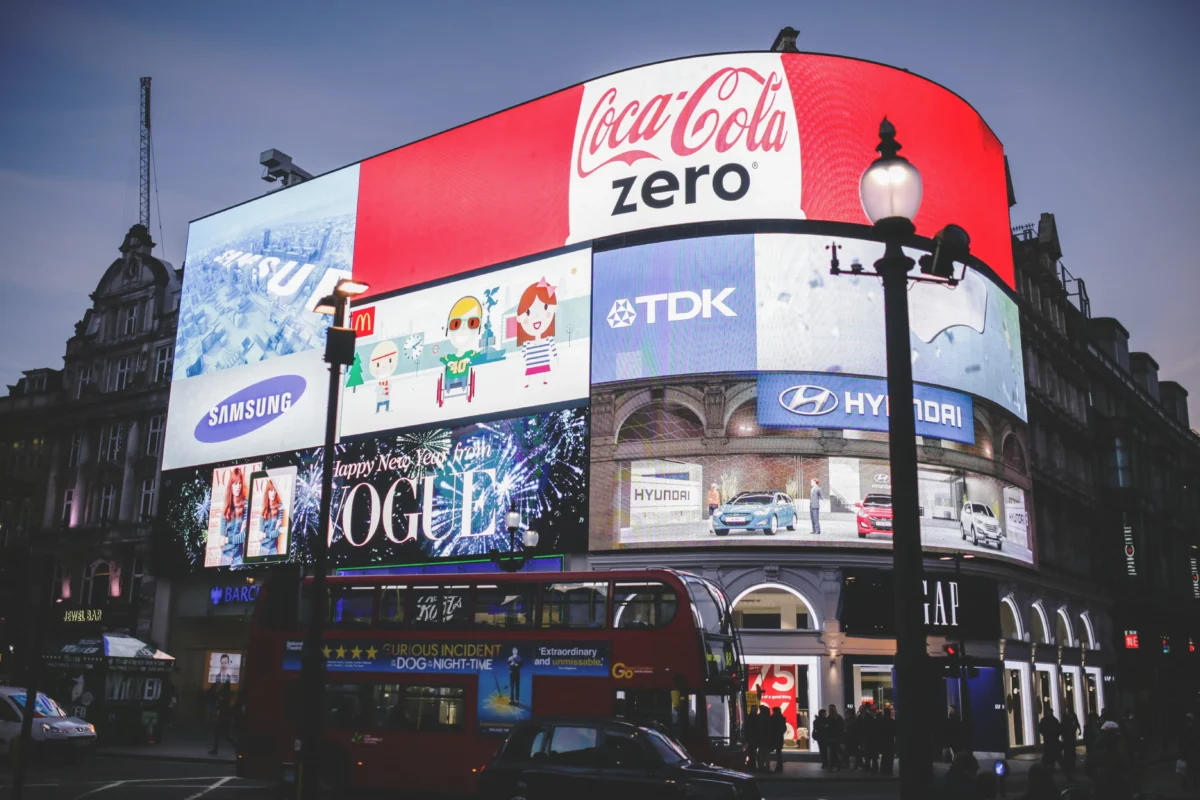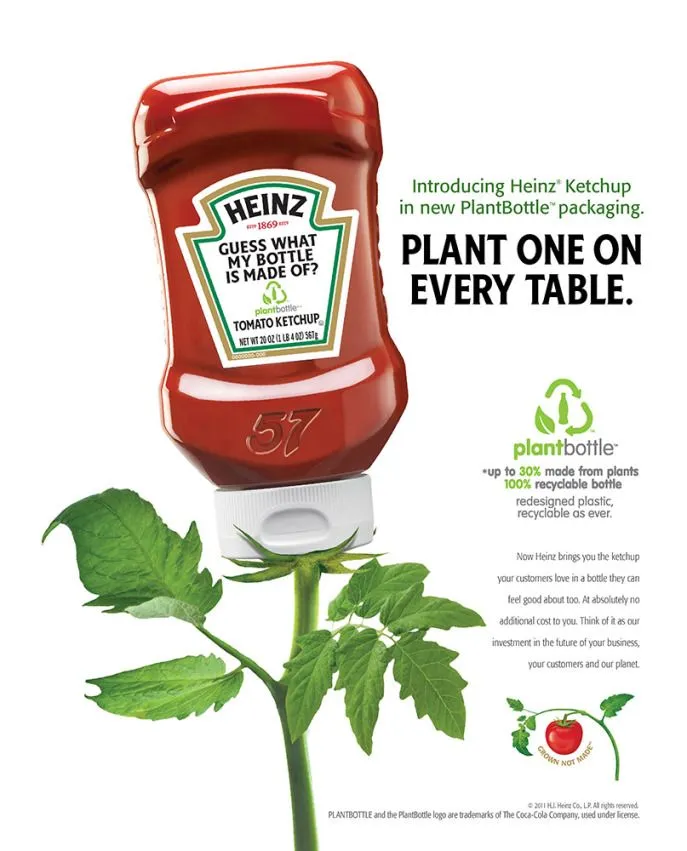Black Friday is like the Super Bowl of retail. But while consumers are planning their wish lists, many businesses are still scrambling to throw together last-minute campaigns.
If you’re reading this and Black Friday is just weeks away, there’s still time to build a Black Friday advertising strategy that drives real results.
The basis of every effective Black Friday marketing campaign remains the same: start early, stay strategic, and zero in on what converts.
Why Black Friday Advertising Should Be Treated Differently
Black Friday advertising is not business as usual. Your audience is bombarded with promotions from every direction…inboxes blow up, and ad costs are at their highest. To break through, you need much more than a discount.
The most successful Black Friday marketing campaigns share these three things:
- Building early momentum to warm audiences up before the rush
- Omnichannel coordination creating consistent touchpoints
- Sharp, appealing offers that can make them decide for you against your competitors

Why Timing Matters in Black Friday Marketing Campaigns
If there’s one mistake we see time and time again, it’s delaying the launch of Black Friday advertising efforts until it’s too late. The businesses that succeed on Black Friday are the ones that started planning months ago…but even if you’re late to the party, starting today is better than waiting another week.
The Pre-Black Friday Timeline
6-8 Weeks Out: Drive awareness and anticipation. Tease your Black Friday offers with email campaigns, social media, and early-bird announcements. This is where you capture email addresses and build your retargeting audiences.
3-4 Weeks Out: Increase ad spend. Turn on paid search, social media, and display advertising. We have seen in the Pittsburgh market that businesses can be very effective in leveraging local targeting, reducing competition, and ultimately costs in this phase.
1-2 Weeks Out: Go all-in. This is where your Black Friday marketing campaigns should be in full throttle: increase budgets, turn on all channels, and make sure your messaging is consistent across every touchpoint.
How to Build Your Black Friday Ad Campaign Step-by-Step
1. Define Your Goals and Offers
Before writing even a single ad, figure out what you’re trying to achieve. Are you focused on revenue, customer acquisition, or clearing inventory? Your objective will decide everything!
But for B2B companies, this may look very different. To business decision-makers, one may want to offer discounts on annual subscriptions, longer trial periods, or bundled services that are well and truly valued.
2. Know Your Audience and Segment Strategically

Segment your audience into at least three groups:
- Past customers: This is the warmest lead you have. They already trust you and are most likely to convert with the right offer.
- Engaged prospects: Those who have visited your site, downloaded some content, or somehow interacted with your brand but did not buy.
- Cold audiences: New potential customers who fit your ideal customer profile but haven’t been in contact with your brand so far.
Each section requires different messaging and offers. Your past customers might respond to a “VIP early access” campaign, while cold audiences need more education and social proof.
3. Select Your Media and Allocate Budget
The most effective Black Friday marketing campaigns use a multi-channel approach. Here’s how to think about selecting channels:
Paid Search (Google Ads, Bing Ads):
Essential for capturing high-intent searchers. Focus on both branded terms (to protect your turf) and competitive keywords related to Black Friday advertising and your product category.
Social Media Advertising:
Facebook, Instagram, and LinkedIn (for B2B) allow for very sophisticated targeting and retargeting. Use video ads for the demonstration of your offer and carousel ads for showing several products or services.
Email Marketing:
Email marketing is your owned media with the highest ROI potential. Plan a Black Friday email sequence that builds anticipation, announces the sale, and creates urgency with countdown timers.
Display and Programmatic:
Ideal for staying top-of-mind with retargeting campaigns. Serve ads to people who have visited your site but haven’t converted.
Traditional Media:
Radio, print, and TV are far from dead, especially in local markets like Pittsburgh where those channels are often delivering stronger ROI relative to digital in peak season.
4. Craft Messaging That Converts
Your Black Friday ad creative should do three things in a second: capture attention, communicate value, and drive action. For example, lead with the benefit, not the discount. Instead of “30% off,” try “Save $500 on the tools that will transform your business.” Specificity sells!
Create real urgency. The limited-time offer still works, but it needs to be genuine. Flash sales, limited inventory callouts, and early-bird pricing that expire at a certain time all work.
Finally, make it ridiculously easy to take advantage of your offer. Smooth out that checkout process. Offer multiple payment options, and make sure your website can handle increased traffic.
5. Optimize for Mobile
More than 70% of Black Friday shopping happens on mobile devices. If your ads, landing pages, and checkout process aren’t mobile-optimized, you’re leaving money on the table. Test everything on actual mobile devices before your campaign launches.
Measuring Success
Here are a few KPIs to focus on:
- Return on ad spend (ROAS): Calculate it by dividing revenue by advertising spend.
- Conversion Rate: Tracked by channel and campaign to understand what works.
- CAC (cost of customer acquisition): Know the price you pay for getting every new customer.
- Average order value (AOV): Are customers spending more than usual? Upsell and bundling can do wonders in this regard.
- Email open and click-through rates: These show how your messaging is resonating.

The Post-Black Friday Opportunity
Here’s something many businesses miss: Black Friday advertising doesn’t end on Friday. The best marketers extend their campaigns through Cyber Monday and into Cyber Week. You’ve already paid to acquire these customers’ attention, so you might as well maximize the return by having a plan for follow-up offers and nurture campaigns!
Ready to Build Your Black Friday Advertising Strategy?
The difference between a mediocre Black Friday and a record-breaking one often comes down to preparation and execution.
At Nartak Media Group, we can help you construct advertisement strategies that drive results. Contact us today to talk about your Black Friday marketing campaign!











